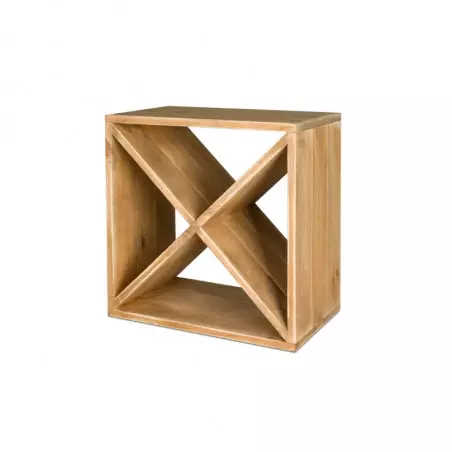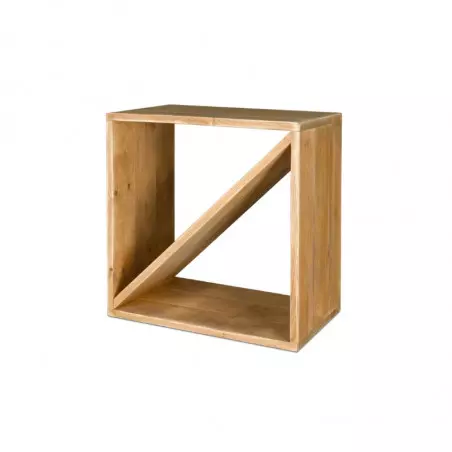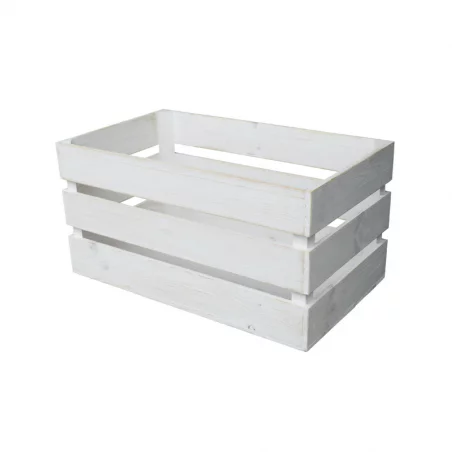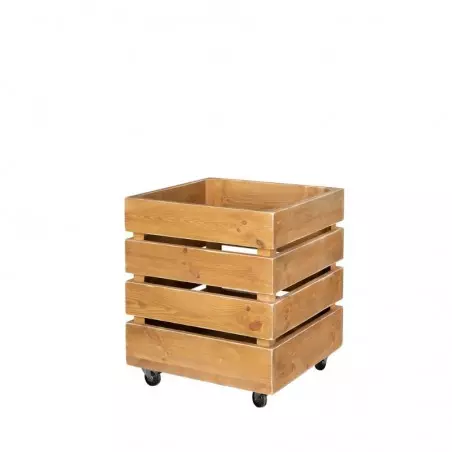Contact us on 05 46 94 15 94 Deliveries are available in France, Belgium and Luxembourg | Minimum purchase amount 500€ exc VAT
Menu
-
MenuBack
-
Products
-
-
-
By product category
-
-
-
By profession
-
-
-
-
-
By product category
-
-
-
By profession
-
-
-
-
-
By product category
-
-
-
-
-
-
By product category
-
-
-
By profession
-
-
-
Business
-
- Destocking
- Second-hand
-
Customer projects
-
-
My layout project
-
Store and arrange your bottles in wine racks: complete guide
The storage of wine bottles is a major concern for professionals such as wine merchants, restaurateurs and managers of delicatessens. Optimal storage of bottles in wine racks not only ensures ideal conservation of the wine, but also a neat presentation that attracts and reassures customers.
This comprehensive guide will provide you with practical advice on how to organize your bottles efficiently and choose the lockers that suit your professional needs.
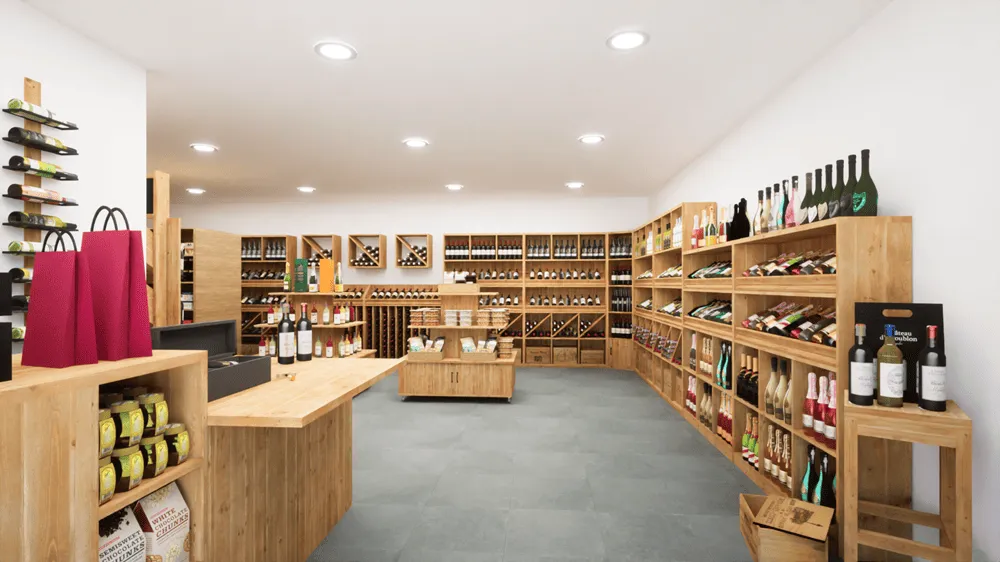
💡 Need help to arrange your business?
Discover how our team can assist you in your project.
🕐 6 min of reading | Published on: 09/11/2025
Why choose wine racks?
Wine racks offer a functional and aesthetic wine bottle storage solution. Here are some reasons why these cellar furniture are essential:
- Space optimization: The wine racks allow to store a large number of bottles in a limited space, thus facilitating stock management.
- Bottle protection: By keeping the bottles in a horizontal position, the lockers ensure that the wine remains in contact with the cork, thus preventing it from drying out and ensuring better conservation.
- Attractive presentation: A careful arrangement of bottles in solid wood lockers gives your establishment a quality and authentic image, enhancing the appeal to customers.
How to properly store your bottles in the wine racks?
Effective wine bottle storage relies on a methodical organization of bottles in wine racks. Here are some methods and tips to optimize storage:
Organization by type of wine
Classifying bottles by type of wine (red, white, rosé, sparkling or sweet) is a very effective wine bottle storage strategy, especially in sales outlets where the legibility of the offer is essential. This organization not only saves time at the time of service or sale, but also promotes better inventory management.
For example, white and rosé wines, more fragile, can be stored in cooler areas of the premises or further away from any heat source. The reds, generally more robust, bear variations better. For a wine merchant, this segmentation allows to create thematic spaces in the shop: summer wines, grands crus, or even champagne and sparkling wines for parties. In the shop as well as in the cellar, this classification provides clarity and efficiency for wine storage.
.webp)
Storage by year of production
The storage of bottles by year of production, or vintage, is a must for any wine professional wishing to ensure intelligent and dynamic wine bottle storage. This allows for a consistent method of stock rotation, avoiding aging bottles beyond their peak.
The idea is simple: place at the front of the lockers the oldest vintages, and at the back the most recent ones. In the context of wine bottle storage, this system allows to avoid waste and to ensure a sale in the best taste conditions.
For wine merchants and delicatessens offering bottles of guard, the chronological arrangement is also a selling point. The client quickly understands the diversity of the offer, and the organization of the shelf gives a serious and expert image of your establishment.
Importance of the orientation of bottles
Bottle orientation is a golden rule in wine bottle storage. It is recommended to always store lying bottles, especially those closed with natural cork. In horizontal position, the wine remains in contact with the cork, preventing it from drying out and retracting, which could allow air to pass and oxidize the wine.
In a professional environment, this precaution is doubly important: it ensures the conservation of wine and avoids unpleasant surprises at the time of sale or service. A poorly stored bottle can be compromised, and this can tarnish the reputation of the establishment.
The store shelves offered by Tradis are designed to keep the bottles in this ideal position, combining functionality and aesthetics. They perfectly meet the requirements of wine bottle storage in a professional context, where rigor and presentation go hand in hand.

Do you have a layout project?
You want to furnish your commercial space, our team supports you in a personalized way throughout your project.
Best practices for wine storage
In addition to the organization of the bottles, certain conditions must be respected to ensure optimal wine bottle storage:
- Constant temperature: Maintain a stable temperature between 10 and 15°C to avoid variations that could alter the quality of the wine.
- Controlled humidity: A humidity level between 60 and 75% is ideal for preserving bottle caps and labels.
- Light protection: Store bottles away from direct light, especially ultraviolet rays, to prevent "taste of light" which can damage the wine.
- No vibrations: Avoid placing the racks near sources of vibration, such as machines or areas of intense passage, so as not to disturb the wine aging process.
Choosing the right wine rack for your business needs
The choice of wine racks must be adapted to your sales space and the quantity of bottles to store. Here are some criteria to consider:
- Wine bottle storage capacity: Evaluate the number of bottles you want to display and choose lockers with sufficient capacity.
- Modularity: Opt for modular lockers that allow you to adjust the layout according to the evolution of your stock and the layout of your space.
- Quality material: Favor solid wood lockers for their robustness and warm aesthetic, in harmony with the artisan image of your establishment.
- Accessibility: Ensure that the lockers allow easy handling of the bottles, thus facilitating service and stock management.
To discover a range of lockers that meet these criteria, check out our selection of solid wood wine racks and shelves designed specifically for professionals.
Join + of 2500 merchants who trust Tradis
Stay informed about our offers and professional advice

